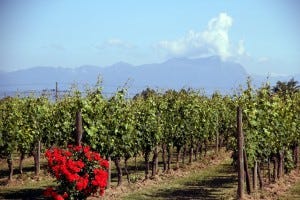Lakeside view - musings on Lugana

"Our wines are made in the vineyard".
If I had a penny for every producer I've heard trot out this clichéd phrase, I'd be rich enough to buy a hectare of vines in Burgundy.
This statement is safely out of scope in Lake Garda's Lugana region, an area with a singularly focused approach to both grape and terroir.
Trebbiano di what?
The Lugana DOC area hugs th…
Keep reading with a 7-day free trial
Subscribe to The Morning Claret to keep reading this post and get 7 days of free access to the full post archives.



